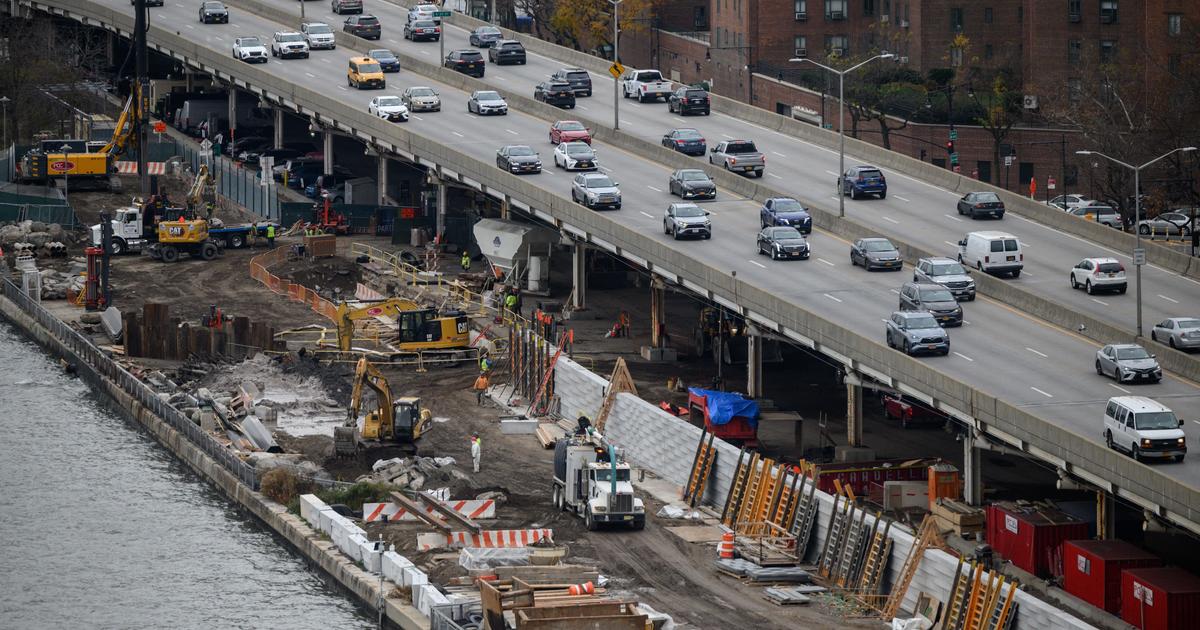Liguori: Chambers Bay Is A Links Course On Steroids, Elevation-Wise
By Ann Liguori
» More Columns
You're in for a treat at this U.S. Open! You should see a little bit of everything from Chambers Bay. This is the first time a U.S. Open will be hosted on a makeshift "links" layout. It offers so many variables that it will make players' and viewers' heads spin.
With 200 feet of elevation change, interchangeable pars 4 and 5 on holes 1 and 18 and various tee box options on many holes altering the distance from 7,200 to 7,600 yards, Chambers Bay should do exactly what U.S. Open courses are meant to do -- provide the ultimate test, and then some.
But this test will be different from all other U.S. Opens. Since it's the first links design ever played for the national championship, the experience will be more similar to what players experience at the British Open, but still different because of the extreme elevation changes.
The dunes and fescue may resemble links courses in Ireland and Scotland with fescue grass on both the fairways and the greens, but there is no other course that I can think of (and I've played dozens of links layouts all over the world) that has this much elevation.
The elevation from one of the tee boxes on the par 3, 9th hole to the green is 106 feet. The other tee box on the 9th hole is much lower, and comes in from almost a right angle and at approximately 6 feet lower than the green surface. The elevation on hole 5 is 99 feet downhill, and on 14 its 95 feet downhill.
Factor in the wind, the endurance it requires to walk and navigate the hilly layout, and the speed of the fairways and greens if the course continues to be hot and dry with no rain (it's been unusually dry here), and the extreme elevation plays an even more key role.
"If the players aren't tired after the first round from the intense concentration required of a U.S. Open course, then they'll be really tired from the physical endurance required to climb from sea level to 200 feet, three times per round," course architect Robert Trent Jones II said.
Tiger Woods, who has three U.S. Open titles among his 14 major championships, said Chambers Bay is unlike any links course that he's played.
"We don't have elevation changes like this," he said. "You're going to get some funky bounces out there. The ball is going to roll and catch slopes. You're going to see guys hit terrible golf shots and end up in kicking range from the hole. You're going to see guys fire at the flag and get a good one and get a hard bounce and end up in a hard spot."
Graeme McDowell, the 2010 U.S. Open champ, grew up playing links courses in his native Northern Ireland, He thinks it's going to be a "fantastic" test.
"The golf course is incredibly fast and fiery, as pure a links golf course as I think I've ever seen on this side of the Atlantic Ocean," he said. "I really, really like the golf course. It's got a few holes which have me scratching my head, but mostly I think it's a fantastic test. And you really have to control your ball, especially with your iron play coming into the greens. There's going to be a lot of long-distance putting and scrambling."
Jay Blasi, part of the Chambers Bay design team at RTJII (Robert Trent Jones Jr.'s golf course design company), suggests that the key to playing well here is to study the ground contours in and around the greens and to understand which shots to play off the contours.
"Knowing the detail of the sideboards is key," Blasi said. "I believe the artistic (golfer) is the one to watch for -- the player who can shape shots, up and low, right to left, be creative, execute all kinds of shots. On paper, the course fits a lefty, so perhaps Bubba (Watson) or Phil (Mickelson) are the guys to watch out for ... But it's the U.S. Open. And you always have to look at the mental side ... Anything can happen."
Mike Davis, the USGA's executive director, will be changing tee boxes and pars each day, keeping players even more off-balance.
"It's unlike any other major championship I've ever had to prepare for," said Woods, who's looking for his first major win since 2008. "Mike has an opportunity to play, basically, 36 holes and 36 different options ... It's going to be interesting to see what Mike does."
And it's going to be intriguing to see who, among the 156 golfers who start on Thursday, will emerge the victor. He'll have to conquer a makeshift links course on steroids, with more variables than even Einstein could compute.



